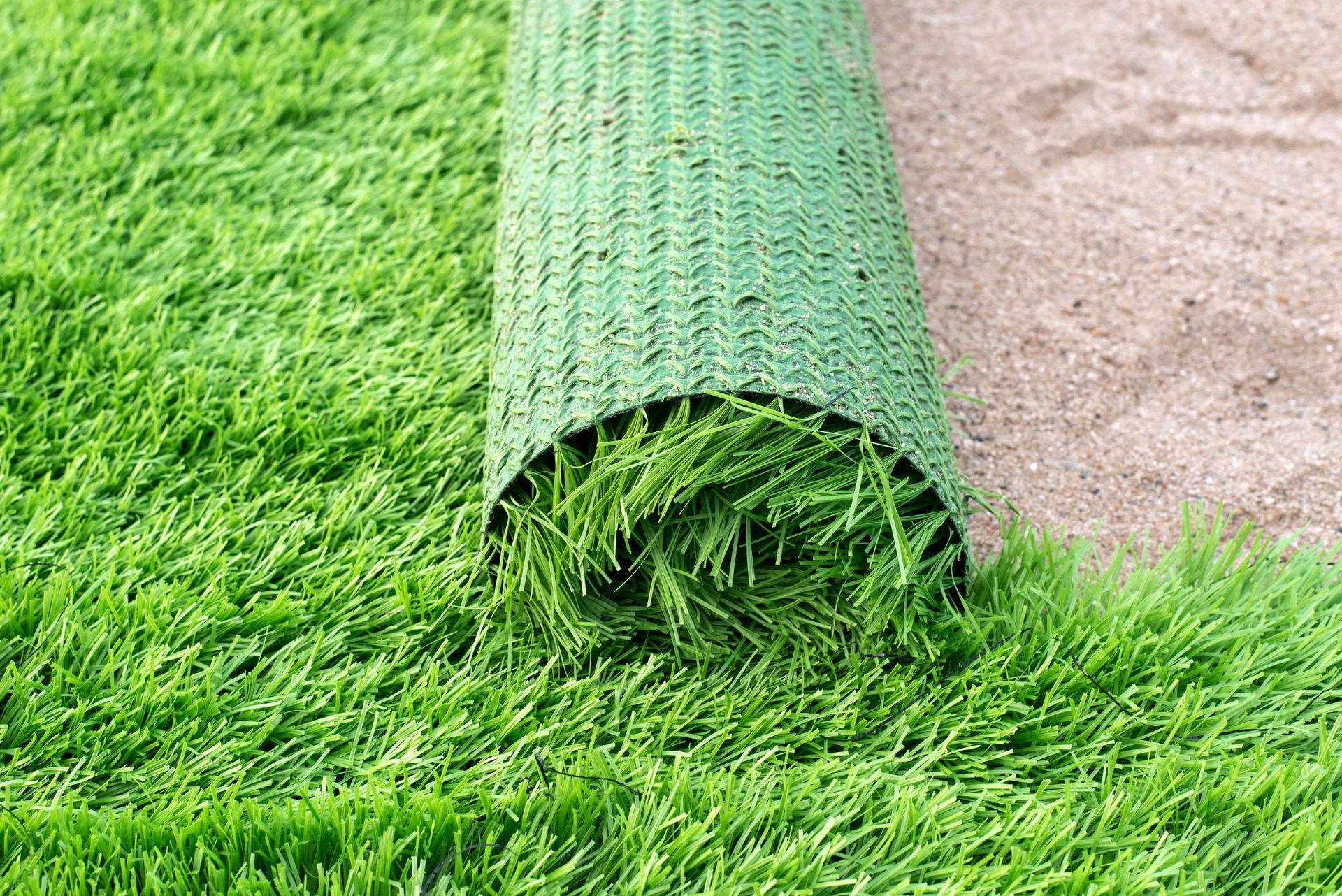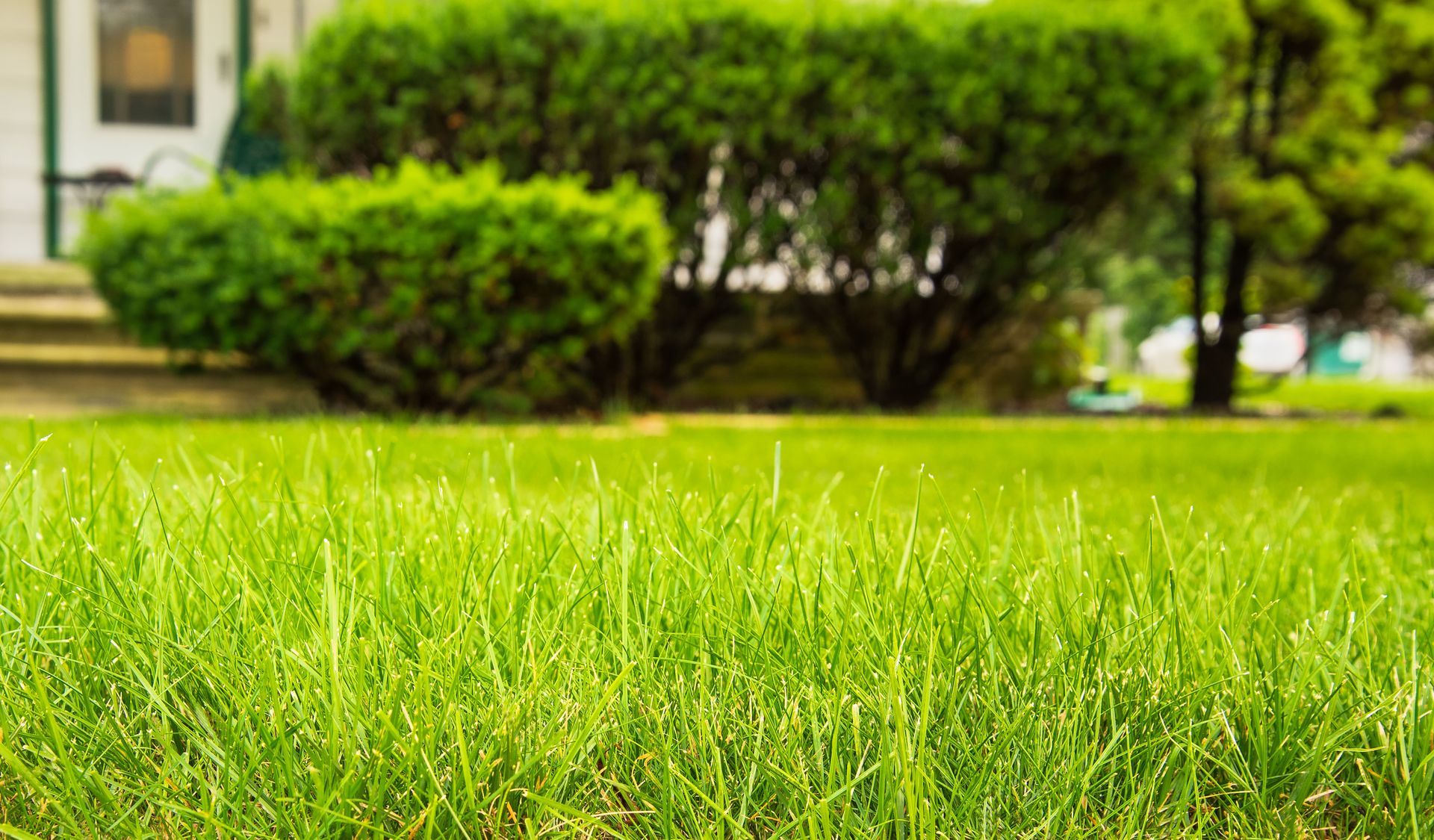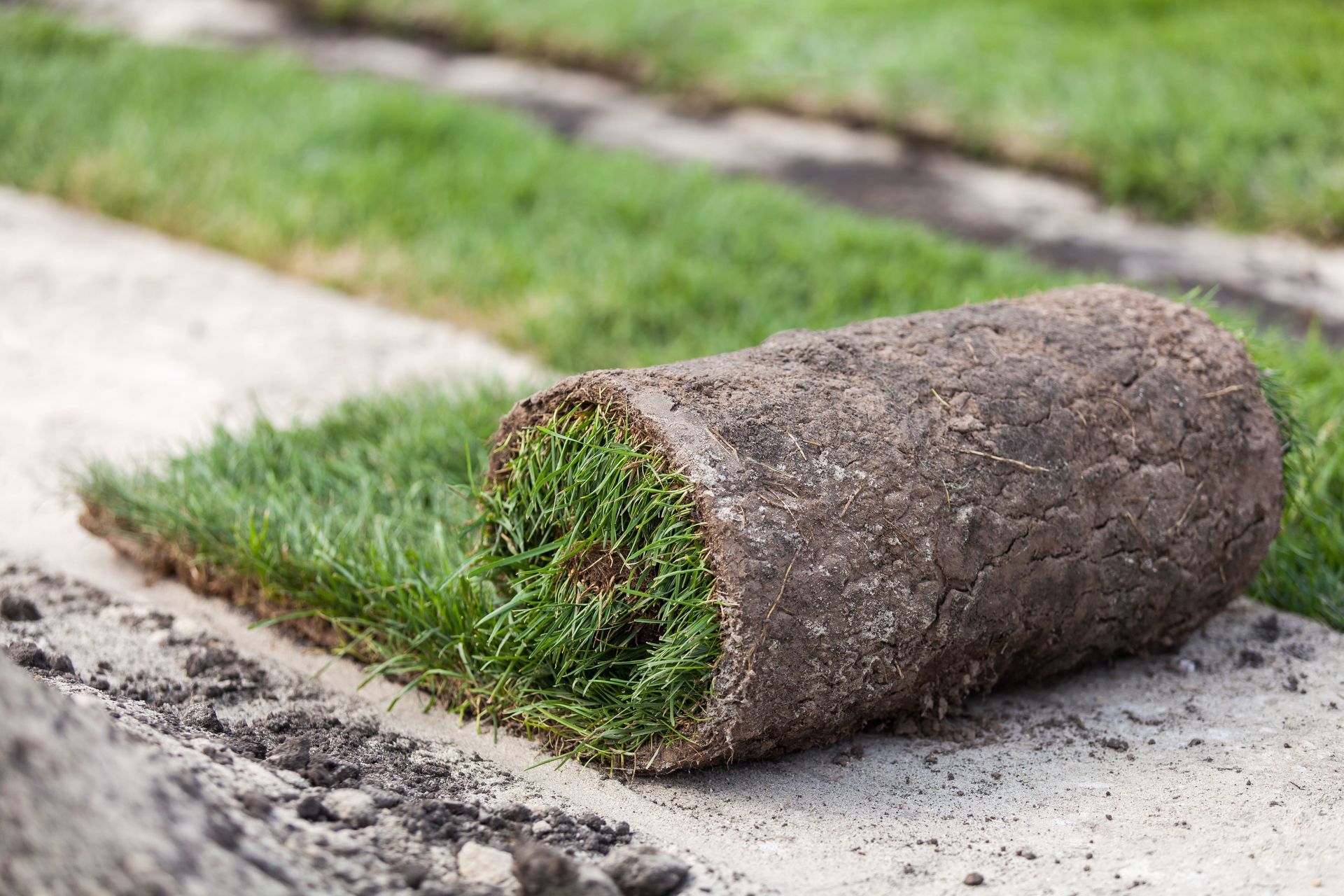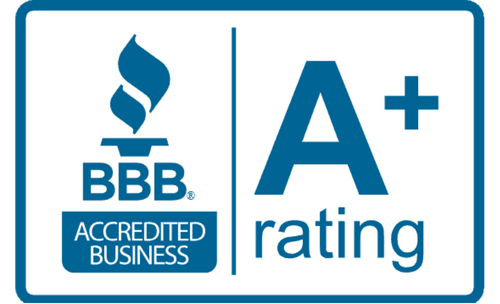August 21, 2025
For many homeowners, the dream of a lush, green lawn often comes with the reality of constant watering, mowing, fertilizing, and battling pests. The appeal of a low-maintenance, always-perfect yard has led more people to explore the option of an artificial lawn. These synthetic grass solutions can mimic the look and feel of natural grass while offering a variety of practical benefits.
In addition to saving time and reducing upkeep, they can also help conserve water—an increasingly important factor in areas facing drought or water restrictions. With a wide range of styles, textures, and colors available, you can select a design that complements your home’s landscaping perfectly. But is it the right choice for your home? Let’s break down the advantages, potential drawbacks, and important considerations so you can make an informed decision.
Understanding What Synthetic Turf Is
Before deciding whether it’s the right fit for your lifestyle, it helps to understand what an artificial lawn actually is. Made from synthetic fibers, artificial turf is designed to replicate the appearance and texture of natural grass. It’s typically installed over a base layer of crushed stone or sand, with a weed barrier and drainage system underneath. Modern versions have come a long way from the stiff, plastic-looking turf of decades past—today’s options can be surprisingly realistic and soft to the touch.
Artificial lawns are commonly used in sports fields, playgrounds, and commercial spaces, but they’re also becoming increasingly popular in residential areas. Homeowners choose them for many reasons—ease of maintenance, aesthetic appeal, and water conservation being at the top of the list. They can also be customized to suit different climates, yard sizes, and design preferences, giving homeowners more flexibility than they might expect. And because they maintain their vibrant green appearance year-round, they can instantly elevate curb appeal while helping reduce the time, cost, and resources required to keep a traditional lawn looking its best.
Benefits of Choosing an Artificial Turf for Your Lawn
One of the most appealing benefits of an artificial lawn is its low-maintenance nature. Once installed, you’ll no longer have to worry about mowing, fertilizing, or reseeding bare patches. This can save you not only time but also money on gardening services, lawn care equipment, and water bills.
Another major advantage is water conservation. In areas facing drought restrictions or high water costs, artificial turf can make a significant difference. Unlike natural grass, which can require thousands of gallons of water per year to stay green, artificial turf thrives without any irrigation (aside from the occasional rinse to remove debris or pet waste).
Durability is another plus. High-quality artificial lawns are designed to withstand heavy foot traffic, making them a great choice for families with children or pets. They’re also resistant to common lawn problems like weeds, pests, and muddy spots after heavy rain.
In addition, you won’t have to worry about seasonal changes affecting your yard’s appearance. While natural grass can turn brown in winter or during dry spells, artificial turf stays consistently vibrant. This means you’ll enjoy a picture-perfect lawn 365 days a year.
Factors to Consider Before Installation
While the benefits are clear, it’s important to weigh potential drawbacks before committing. One consideration is the initial installation cost. Quality materials and professional installation can be an investment, though many homeowners find that the long-term savings in water and maintenance offset the upfront price.
Heat retention is another factor. Artificial turf can get warmer than natural grass, especially in direct sunlight during the summer months. If you live in a hot climate, you may want to choose a lighter shade or an infill material designed to keep temperatures lower.
There’s also the matter of environmental impact. While synthetic grasses conserve water, they are made from synthetic materials, which may not be biodegradable. However, many manufacturers are now offering more eco-friendly options made from recycled or recyclable materials.
Finally, you’ll need to maintain the turf in different ways. While you won’t be mowing, you will need to brush the grass fibers occasionally to keep them upright, rinse away dust and debris, and ensure the drainage system remains clear.
Comparing Artificial Lawns and Natural Grass
When deciding between natural grass and synthetic grass, it’s helpful to compare them side-by-side. Natural grass offers a cooling effect, supports local ecosystems, and is biodegradable. However, it requires significant upkeep, from regular watering and mowing to pest and weed control.
Artificial lawns, on the other hand, excel in consistency, durability, and low maintenance. They also allow for more design flexibility—installation can include intricate shapes, borders, and patterns that would be difficult to achieve with live grass.
For some homeowners, the choice comes down to lifestyle. Those who enjoy gardening and don’t mind the upkeep may prefer natural grass. Those with busy schedules, water restrictions, or a desire for a hassle-free yard often lean toward artificial turf.
It’s worth noting that artificial turf is growing in popularity worldwide—not just for homes but for sports and commercial use as well. According to News.market.us, the global artificial sports turf market is projected to expand significantly, reaching an estimated $5 billion by 2033. This trend shows that synthetic grass is being embraced as a long-term solution across many industries.
Deciding If an Artificial Turf Is Right for You
Before making a final decision, ask yourself these important questions:
- How much time do you want to spend on lawn care? If your answer is “very little,” an artificial lawn might be perfect for you.
- Are you looking to reduce water usage? Artificial turf can drastically cut your household water consumption.
- Do you have kids or pets? High-quality turf can handle heavy use and is easy to clean.
- What’s your budget? Consider the upfront investment versus the long-term savings.
- What climate do you live in? Hotter areas may require special infill or turf designed to stay cooler.
If you find yourself answering “yes” to most of these questions, it’s a strong indication that synthetic grass could be the right choice for your home. The next step would be to get quotes from reputable installers, check product warranties, and review customer feedback before committing.
An artificial lawn can be a beautiful, practical, and long-lasting solution for homeowners who want the look of a perfectly manicured yard without the time, cost, and environmental impact of maintaining natural grass. With advances in turf technology, today’s products look more realistic than ever and can be tailored to suit your home’s style and needs, offering a wide variety of colors, textures, and pile heights to match your personal preferences.
That said, the decision should be based on your lifestyle, budget, and climate. While artificial turf may not be ideal for everyone, for many it offers a convenient and eco-conscious alternative that delivers year-round curb appeal, consistent beauty, and reliable performance even in challenging weather conditions. By carefully weighing the pros and cons, considering maintenance requirements, and asking the right questions, you can determine whether this low-maintenance lawn solution is the perfect fit for your outdoor space and long-term landscaping goals.
Are you ready to transform your outdoor space with a lawn that stays vibrant all year long? Contact HomeTurf today for expert installation and high-quality turf solutions designed to fit your style, budget, and lifestyle.







